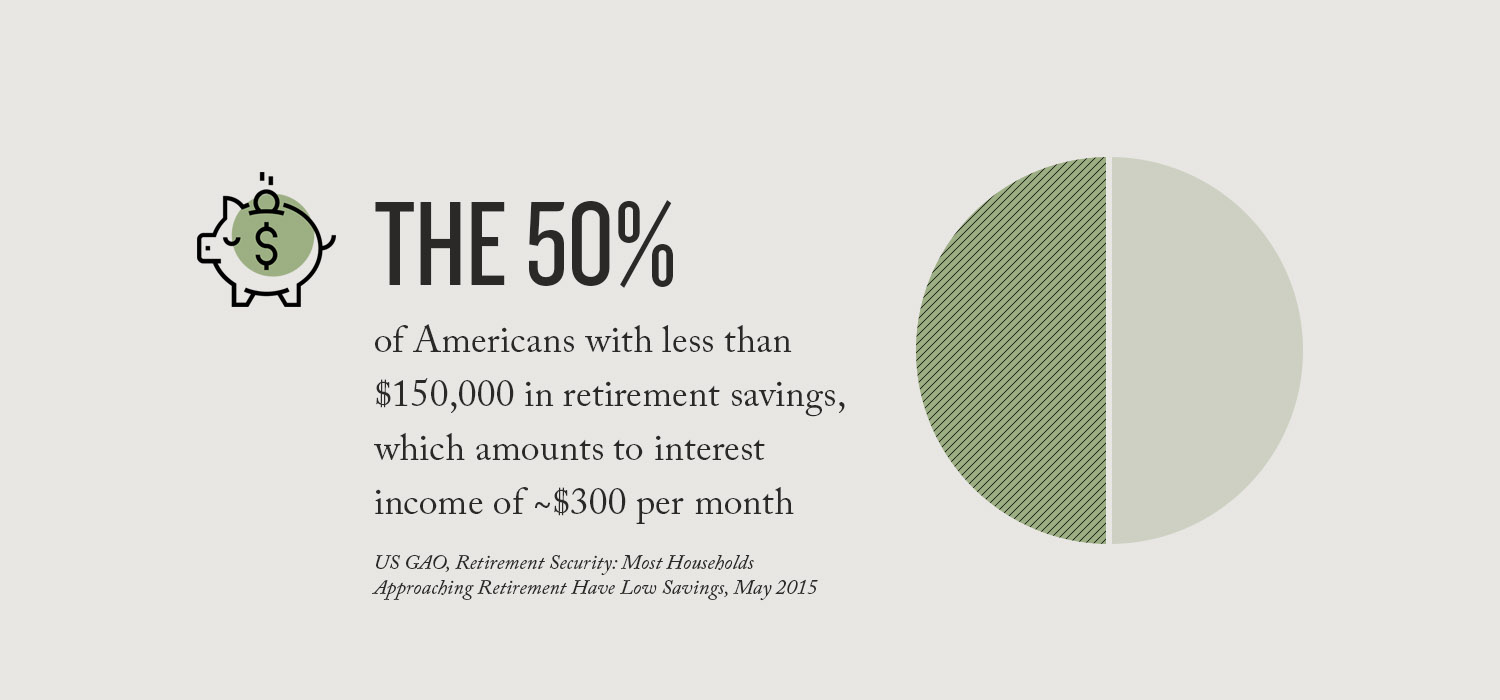Effective September 22, 2018, a new federal law requires credit bureaus to allow consumers to freeze their credit for free.
On May 24, 2018, President Trump signed the Economic Growth, Regulatory Relief and Consumer Protection Act, which requires the three major credit bureaus: Experian, TransUnion and Equifax, to allow consumers to freeze their credit at no cost.
A credit freeze prevents other people or institutions from pulling credit information on an individual. Effectively it keeps identity thieves from opening a new account or loan in a person’s name.
This new law passed by Congress came after Equifax had a major data breach in 2017 that exposed personal information of 143 million Americans. Hackers were able to steal sensitive information which included addresses, dates of birth, Social Security, driver’s license and credit card numbers.
How a Credit Freeze Works
The process requires contacting all three credit bureaus, Experian, Trans Union and Equifax, to request a credit freeze. The credit bureaus will then provide a PIN which should be kept in a safe and secure location.
If credit is needed to process a loan, the individual or couple will then have to unfreeze their accounts by contacting the three credit bureaus and providing the assigned PIN either over phone or online. Keep in mind that it can take up to 3 business days to unfreeze credit.
In the past, it could have cost a couple up to $216 to freeze credit, unfreeze it to get a loan, and then refreeze their credit again. Now that this is free, it makes a credit freeze a more reasonable strategy to help prevent identity theft.
Should you do a Credit Freeze?
Freezing your credit can be time consuming, but it keeps others from opening new accounts in your name. However, if you check your credit annually and you intend to borrow from new lenders, it might not be worth the hassle.
If you want to ensure that one significant avenue of ID theft is protected, it can be a great idea.
While a credit freeze does keep others from opening new accounts in your name, it does not solve all ID theft issues.
Changes to Fraud Alert
The new law also extends a fraud alert on a credit report from 90 days to one year. A fraud alert requires lenders to verify the identity of the individual before issuing credit. Unlike the credit freeze, a single request to one credit bureau is all that is needed. The one credit bureau is required to communicate the fraud alert with the other two.
A fraud alert does not freeze the credit, but it makes it much more difficult for a thief to open a fictitious account.
Freezing credit or relying on fraud alerts are two possible steps in protecting your ID against potential financial loss.
Additional Ways to Protect Yourself from Identity Theft
1. Use strong passwords
- Use different passwords for each account
- Create unique passwords, no family names
- Change passwords frequently
- Consider a password manager
2. Set up two-factor authentication
- This requires an account to take a second action to verify account holder making it much more difficult for a thief to get into one of your accounts
- Turn this on for all financial accounts: bank accounts, credit cards. etc.
3. Keep all devices secure
- Use screen locks, pins and passwords for all computers, tablets and phones
- Enable encryption for stored data
- Avoid public Wi-Fi for any account transactions or purchases unless you have a separate VPN (Virtual Private Network)
- Always use security software with firewall, anti-virus and anti-malware
- Keep your smart phone secure, it is often where your second-factor codes are sent
4. Sign up for alerts on accounts
- Most online accounts will send alerts to your phone or through email when used
- This is especially important for credit cards and bank cards that are subject to skimming - where thieves steal your card information and sell it or use it
5. Keep personal information secure
- Shred receipts, credit applications, medical records, anything that has your personal information
- Limit the use of your Social Security number
- Keep your financial documents safe at home, at work and in public
6. Be alert to imposters
- Don’t give out personal information on the phone, over the internet or by mail unless you know the company and the purpose for the information
- Don’t respond to emails asking for personal information. If a company requests your information on line, do not respond to the email but go directly to the companies’ site or call the customer service number on your statement
7. Whether you freeze your credit or not, check your credit report
- Get a free credit report annually
- Consider using a credit monitoring service that alerts you to new accounts
8. Remember to consider all family members
- Don’t forget your children. Be alert. If your child gets a tax notice, a bill collection call or a credit card application it might be a sign someone is using their ID. Get a credit report before they turn 16. It should be blank, but you have time to get it cleared up before they need credit if something is in error
- Be careful of elderly family members that might not know how to prevent ID theft. If it does happen to them, they often feel ashamed and do nothing about it. Since the elderly are prime targets, having a plan for them is essential. A best practice is having multiple family members monitor their financial records on a regular routine
Identity theft happens to millions of people every year. Taking these measures does not guarantee your ID will not be stolen but it does put you and your family in a place to minimize the chance of it happening. If an issue does come up, you will be more likely to identify it and be able to respond quickly.















































































